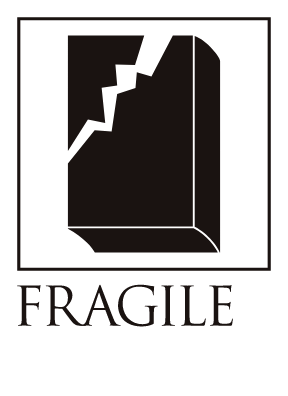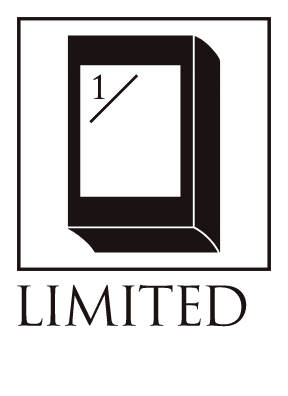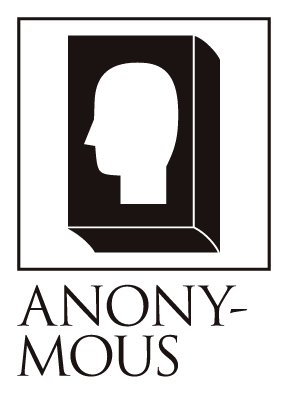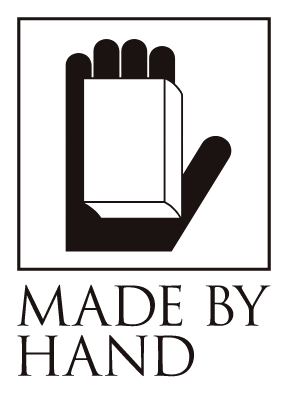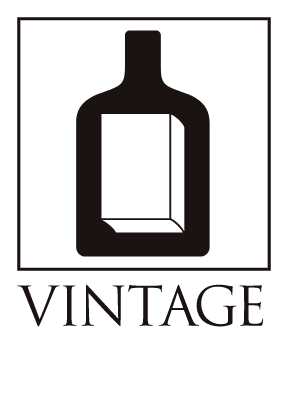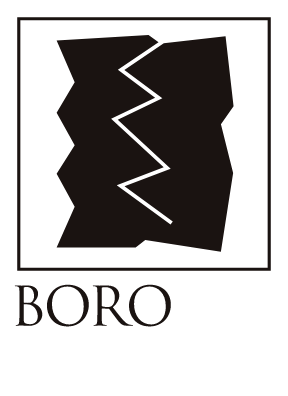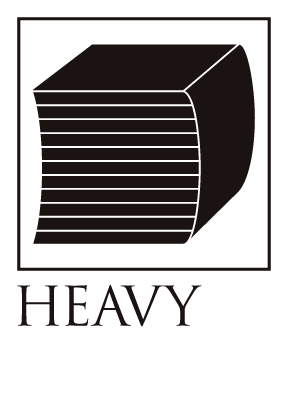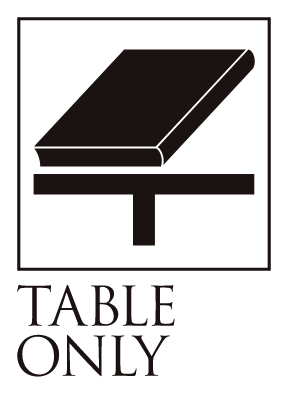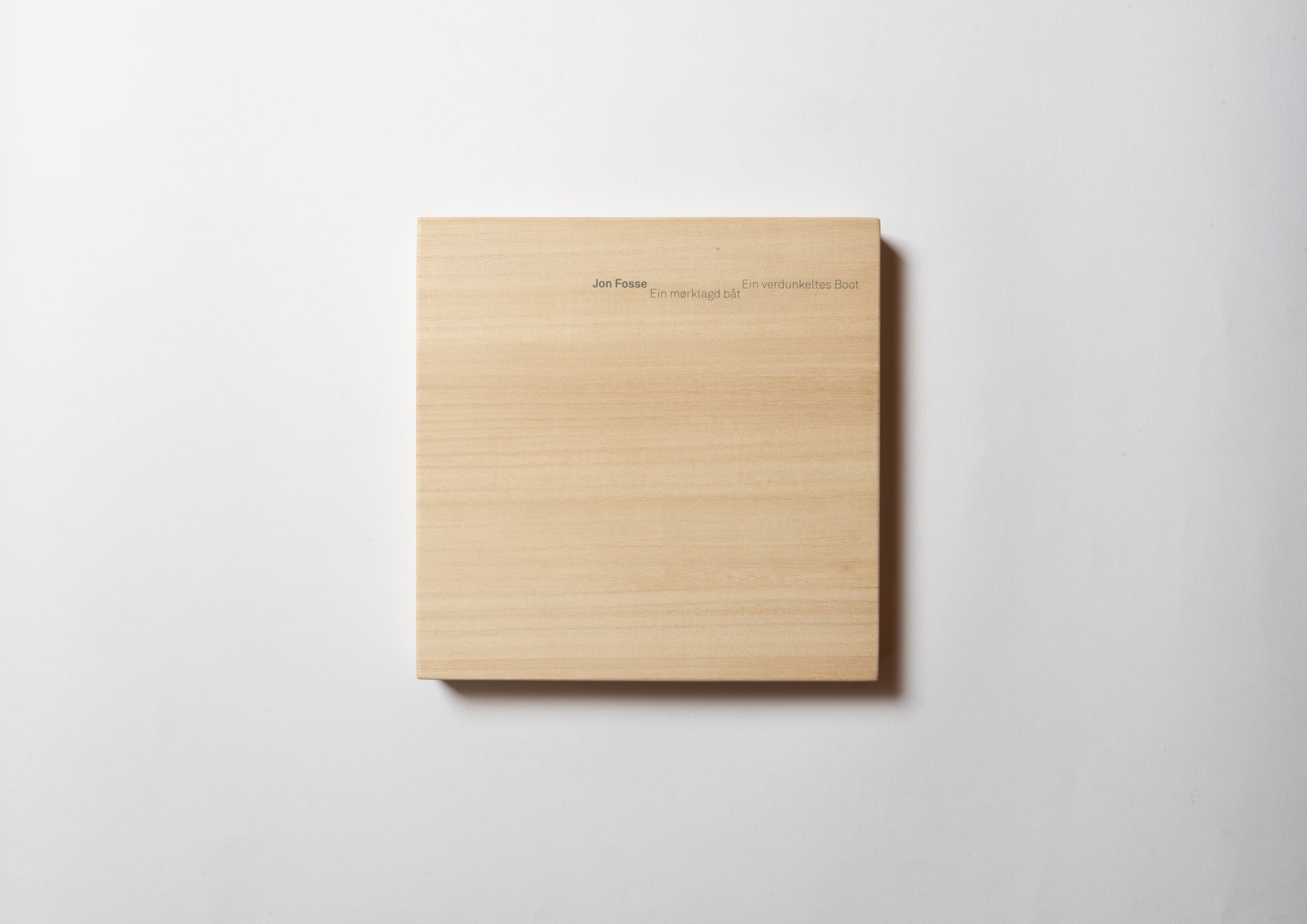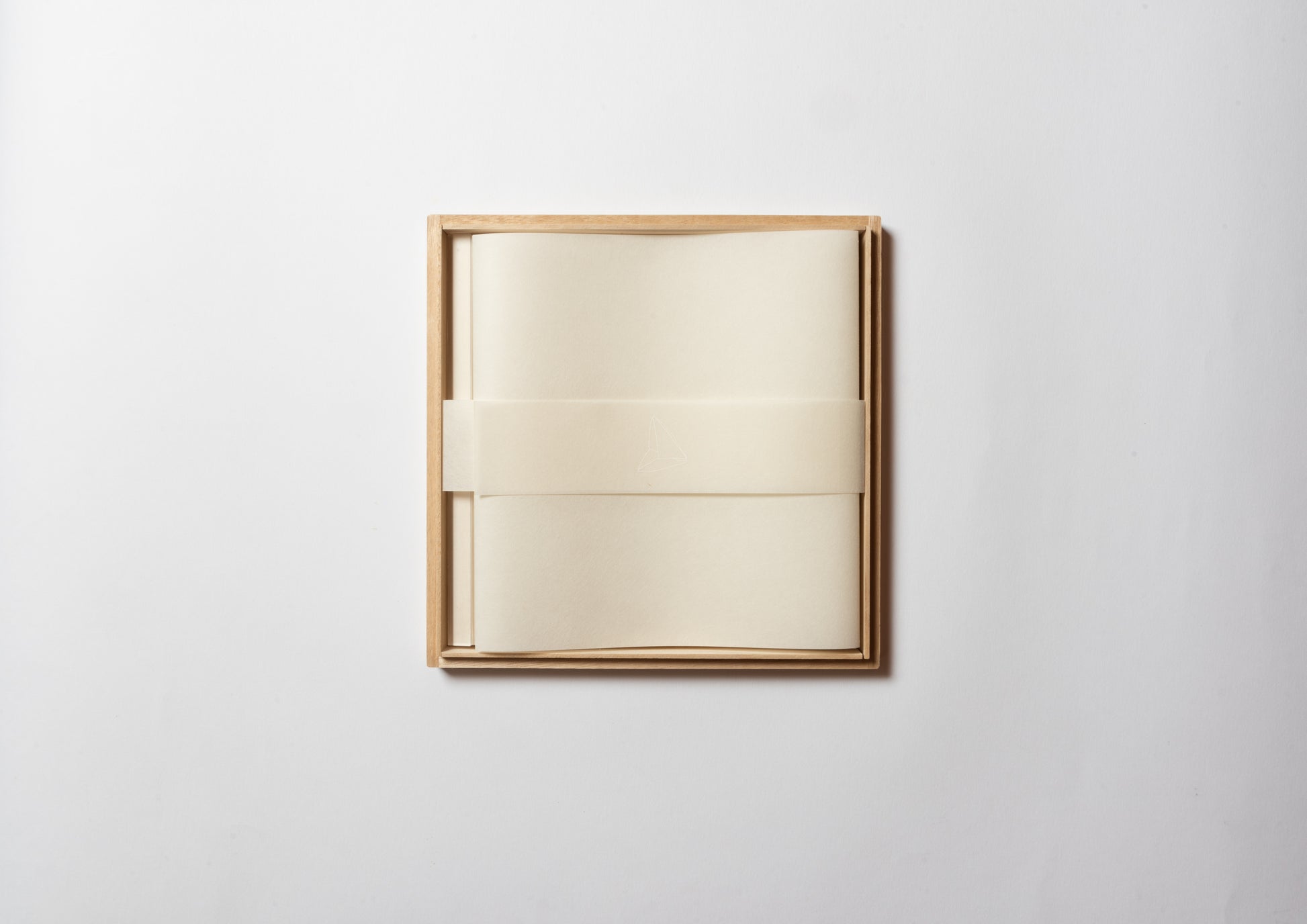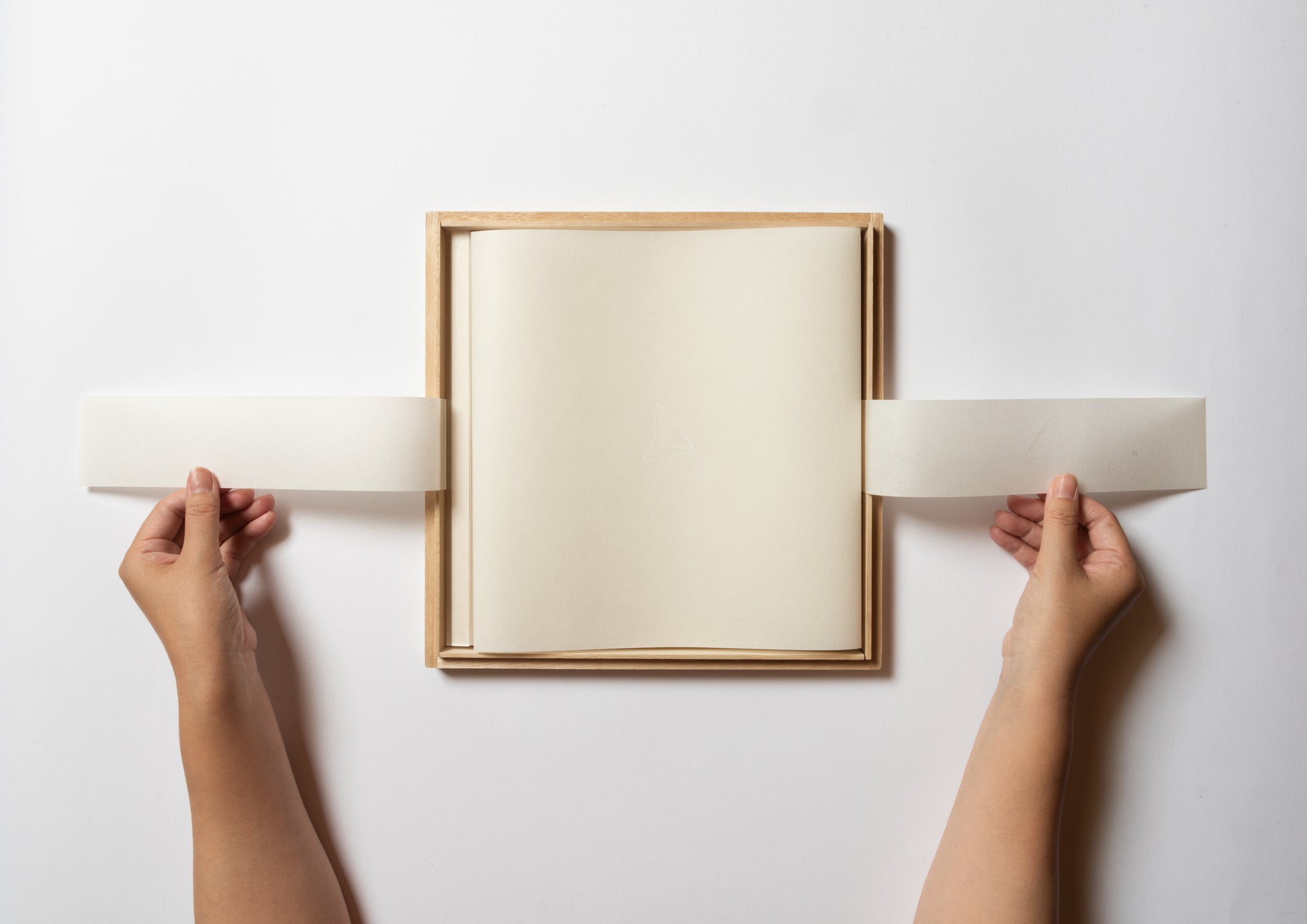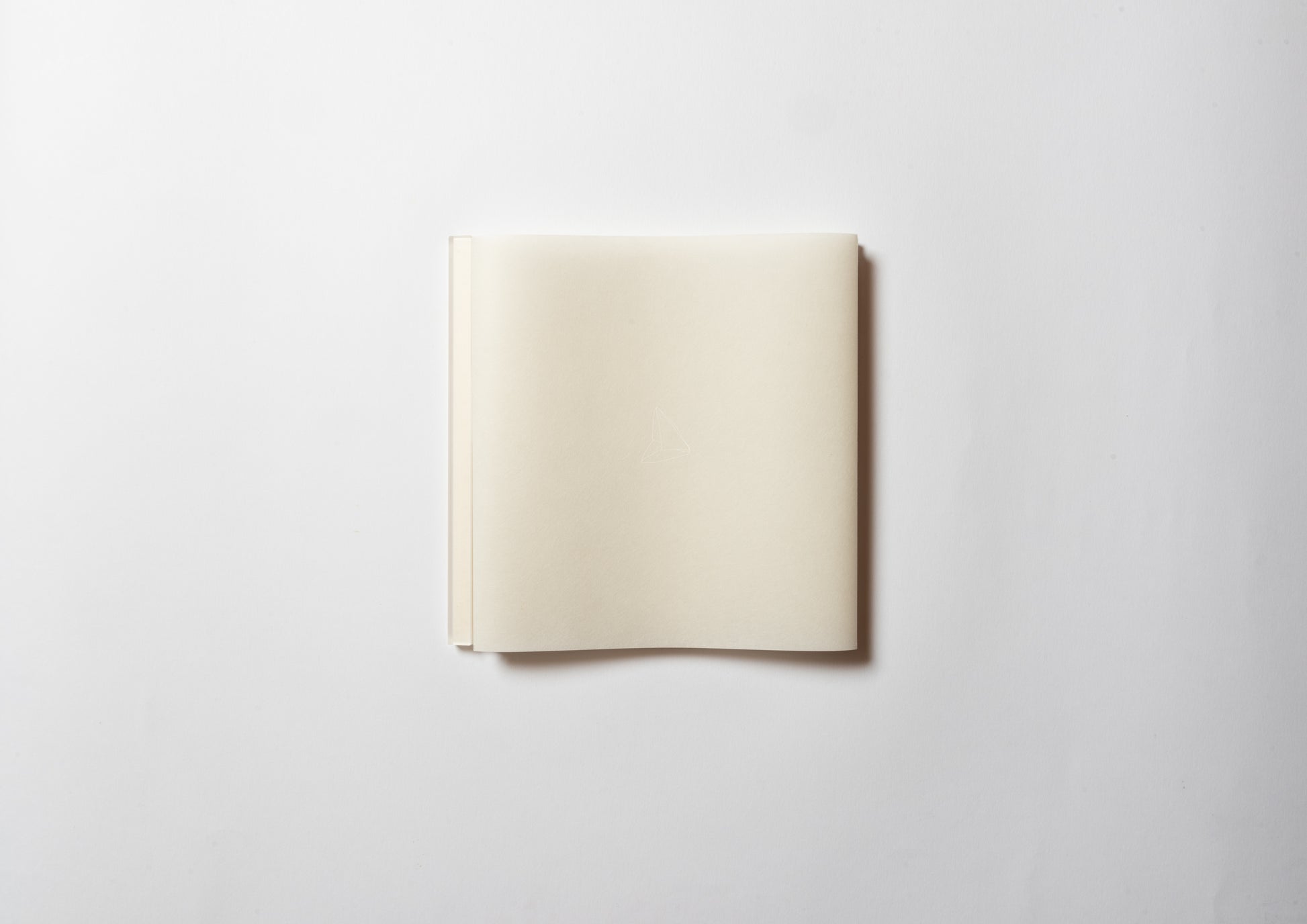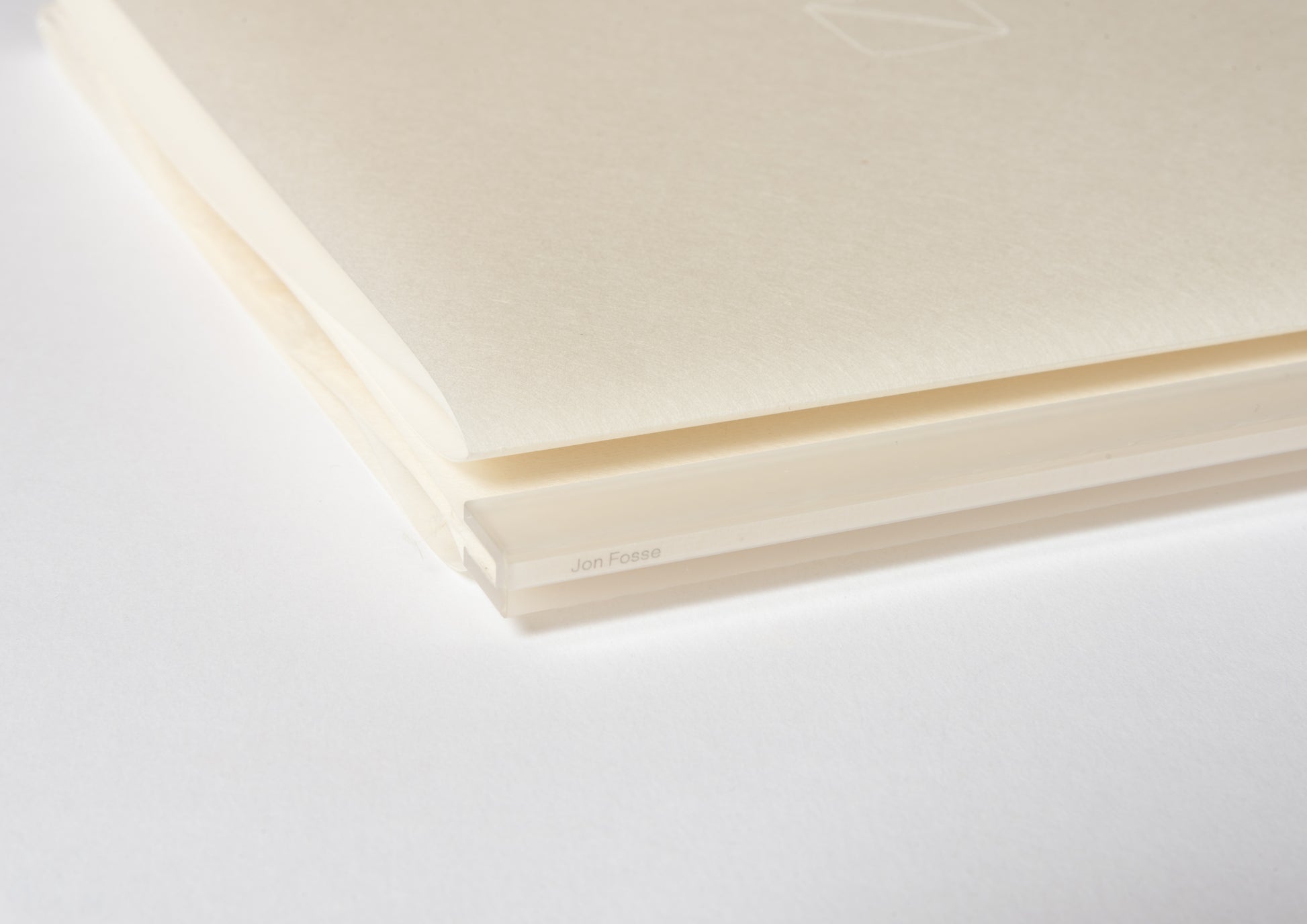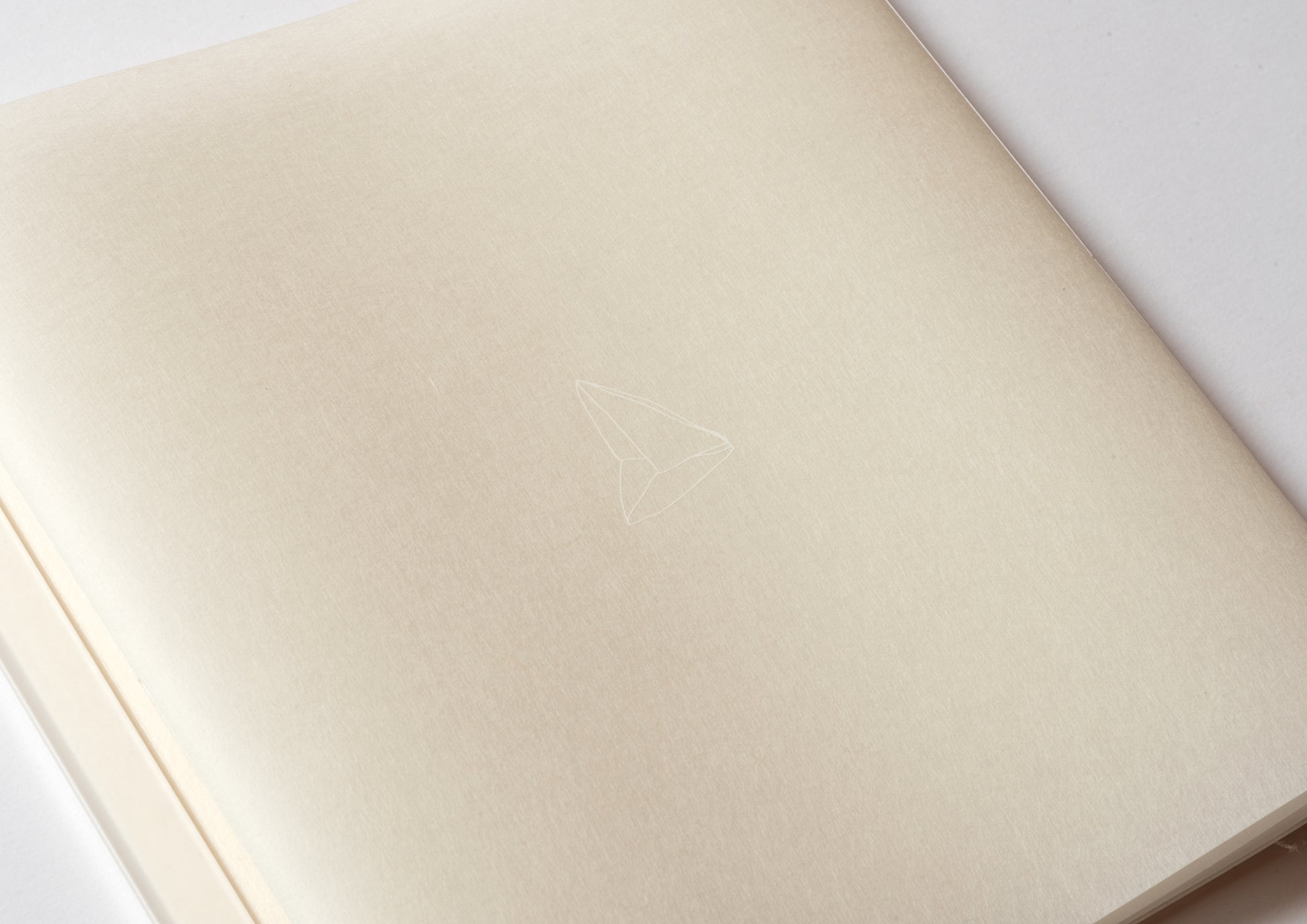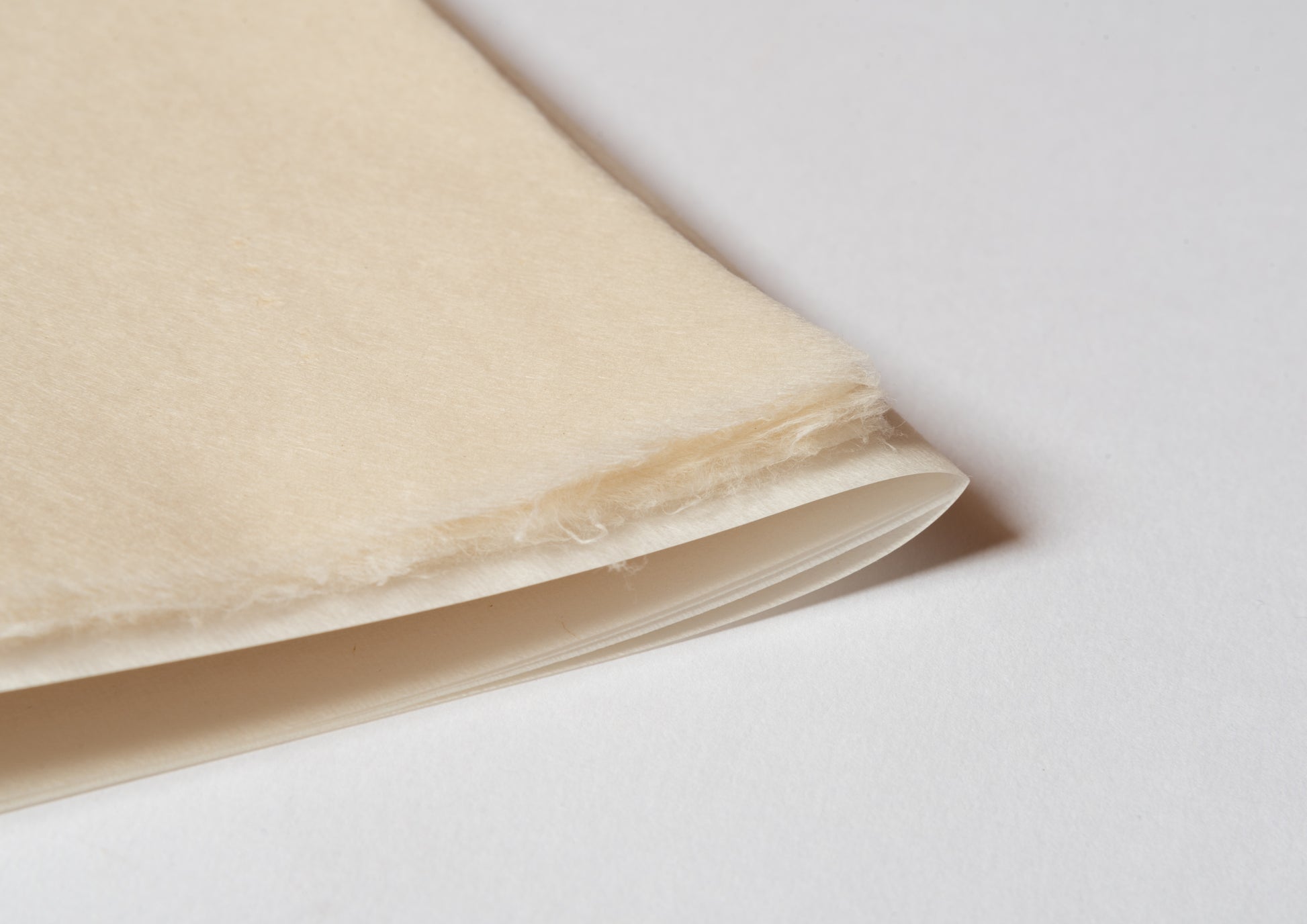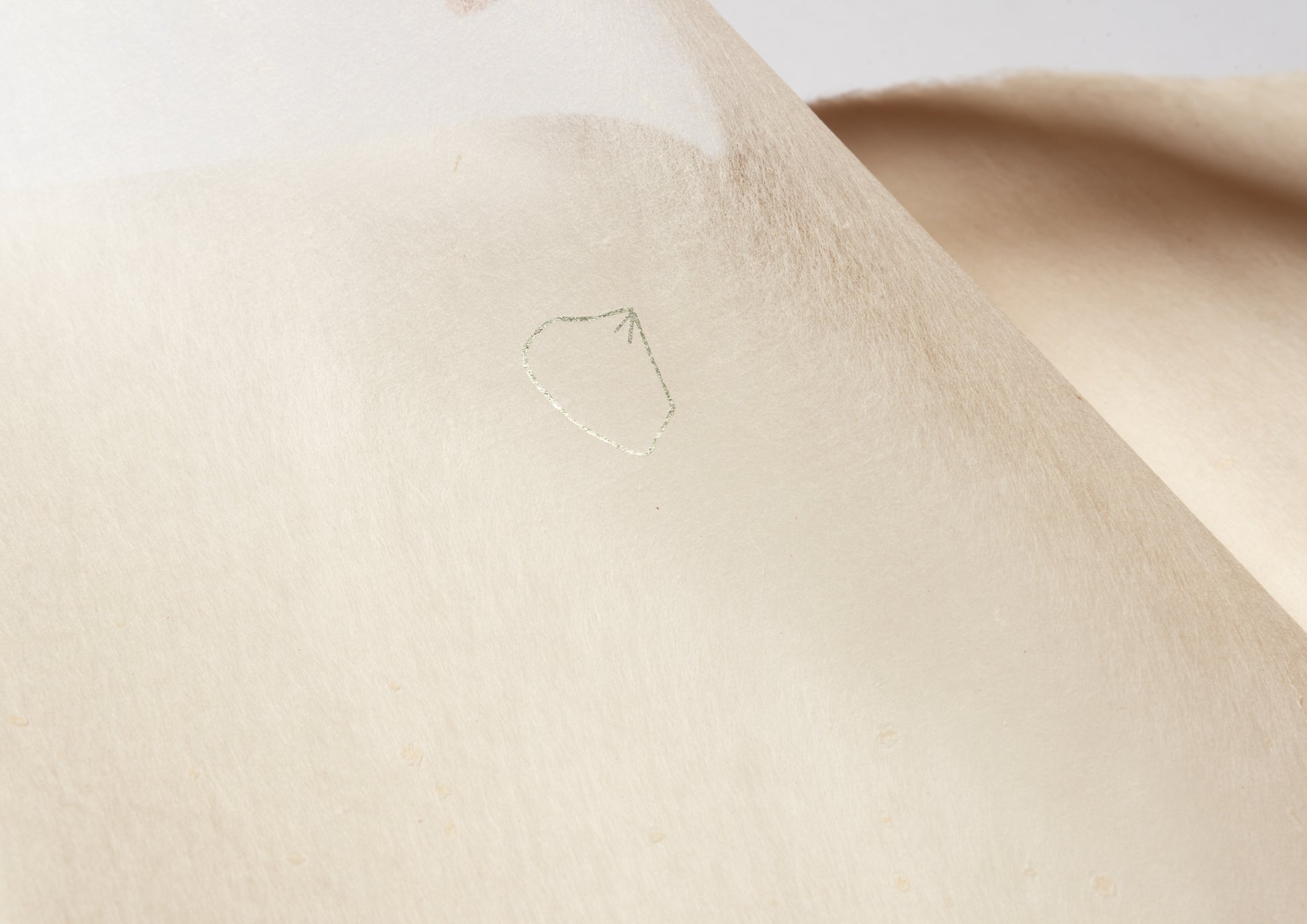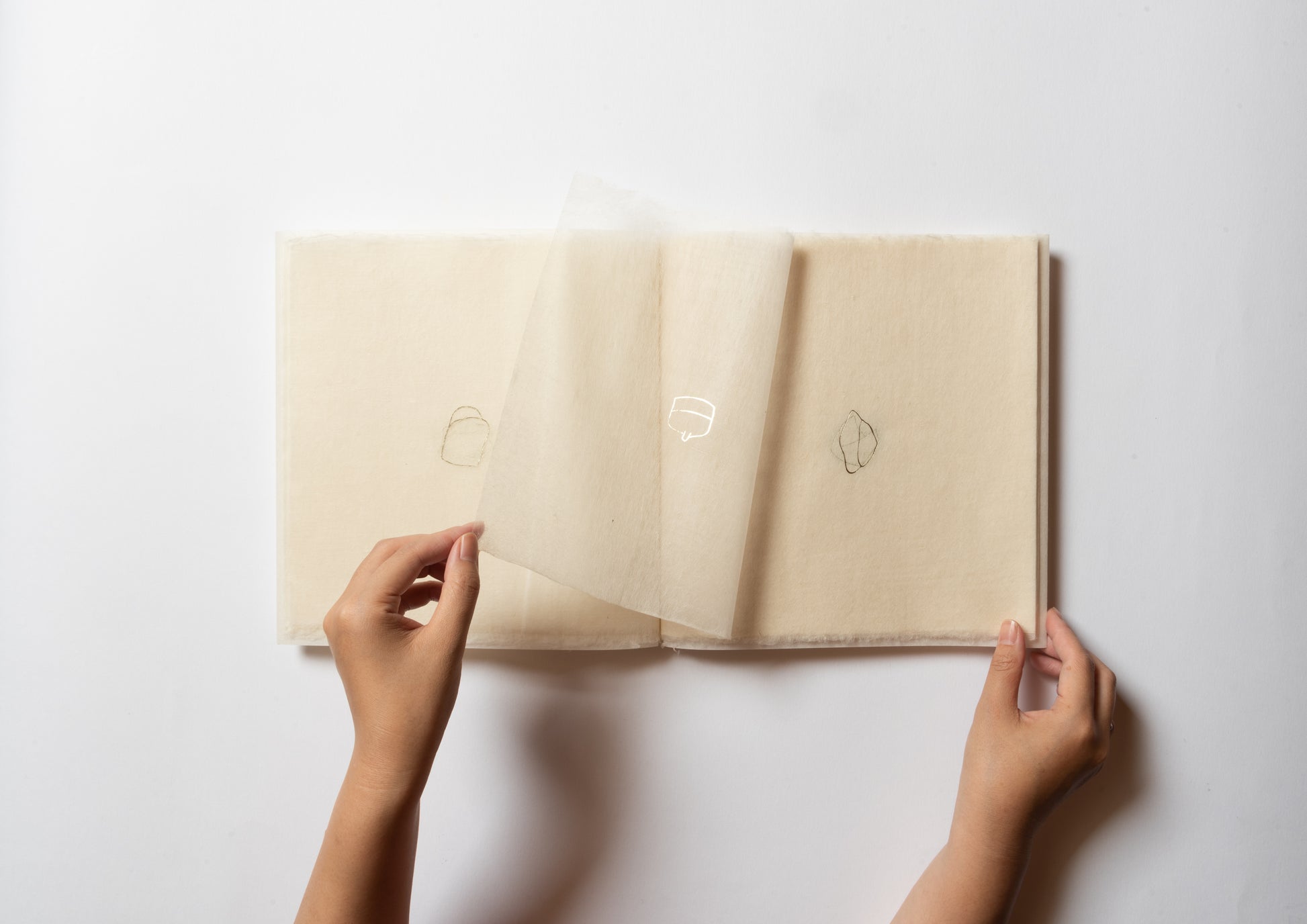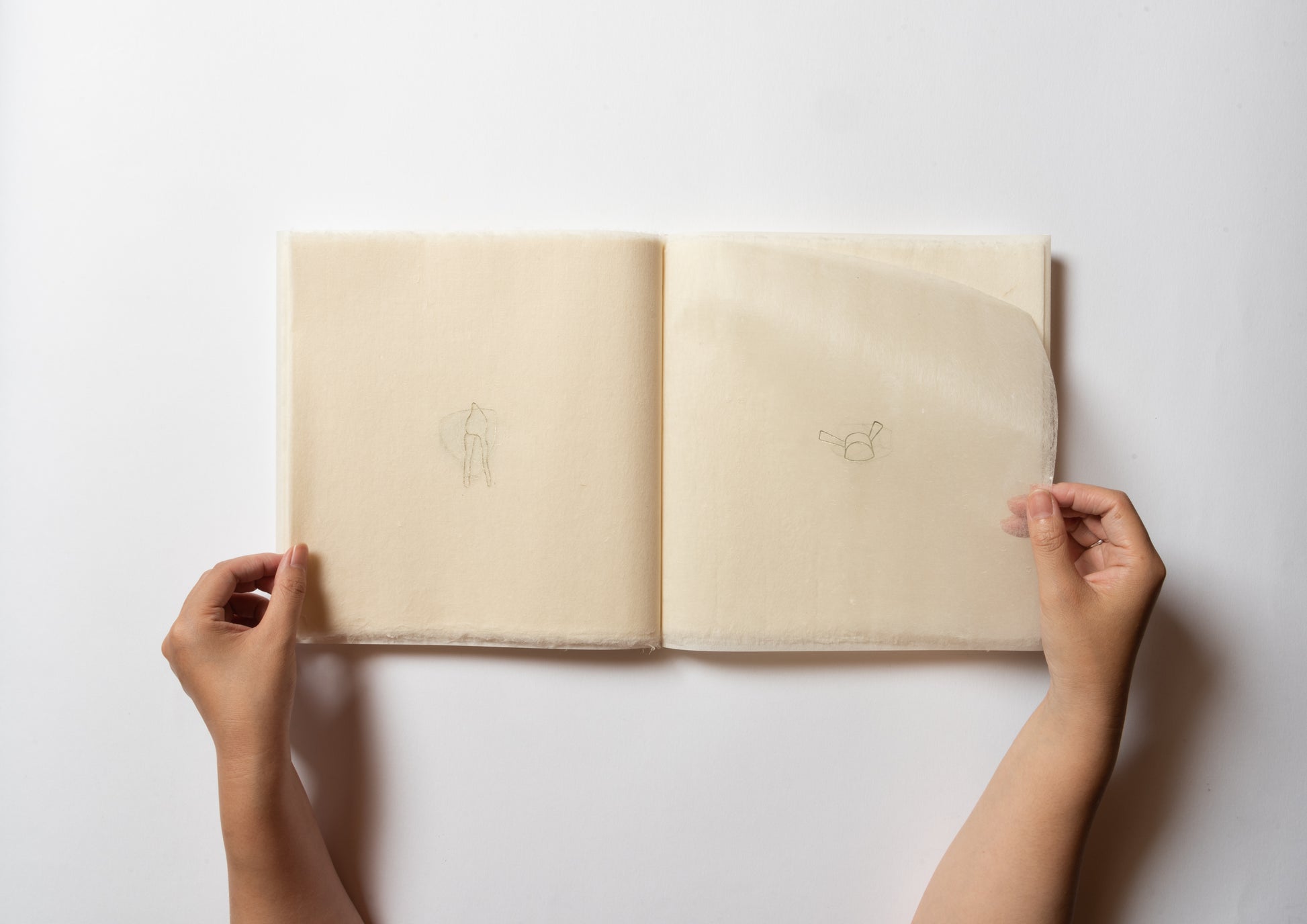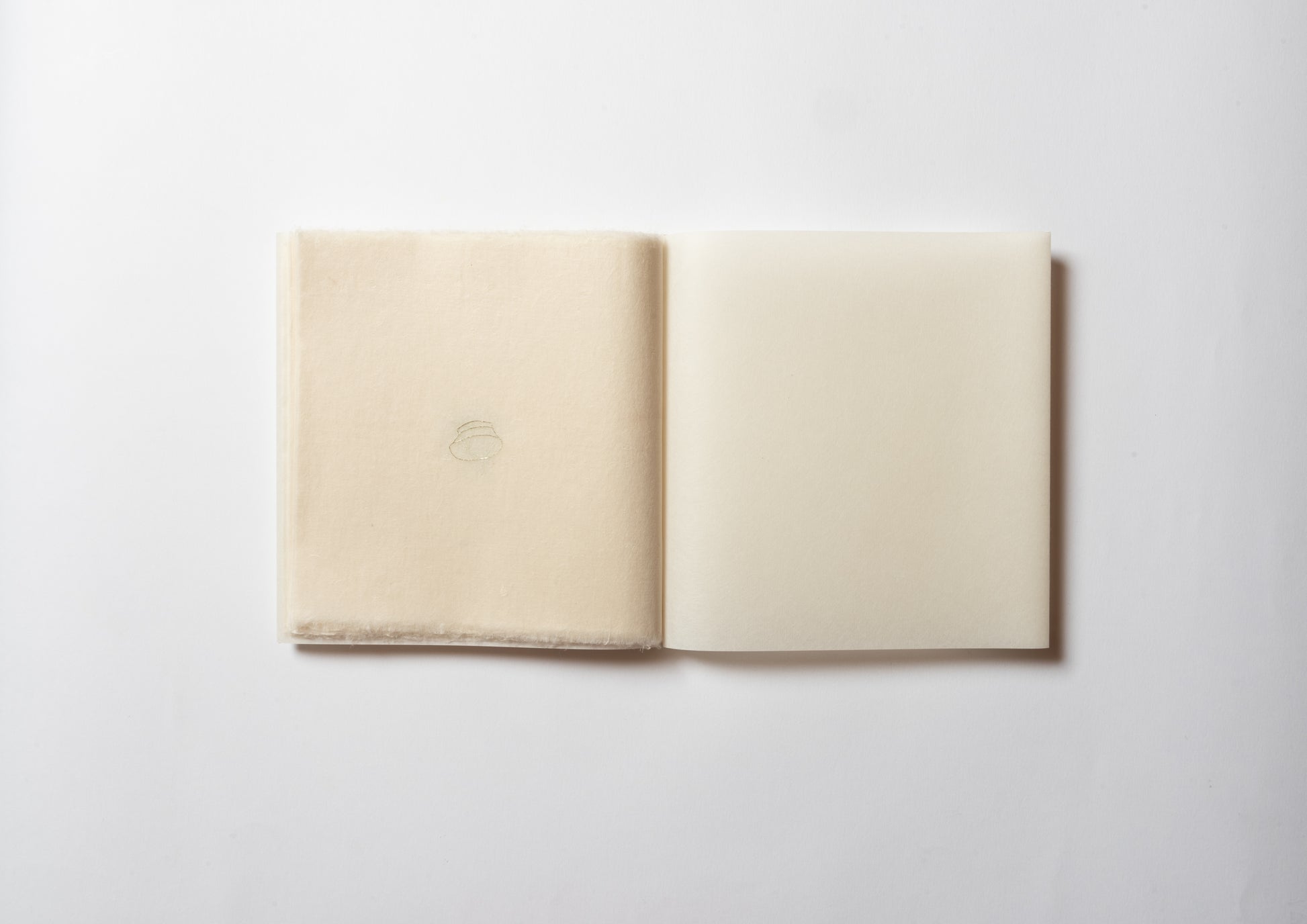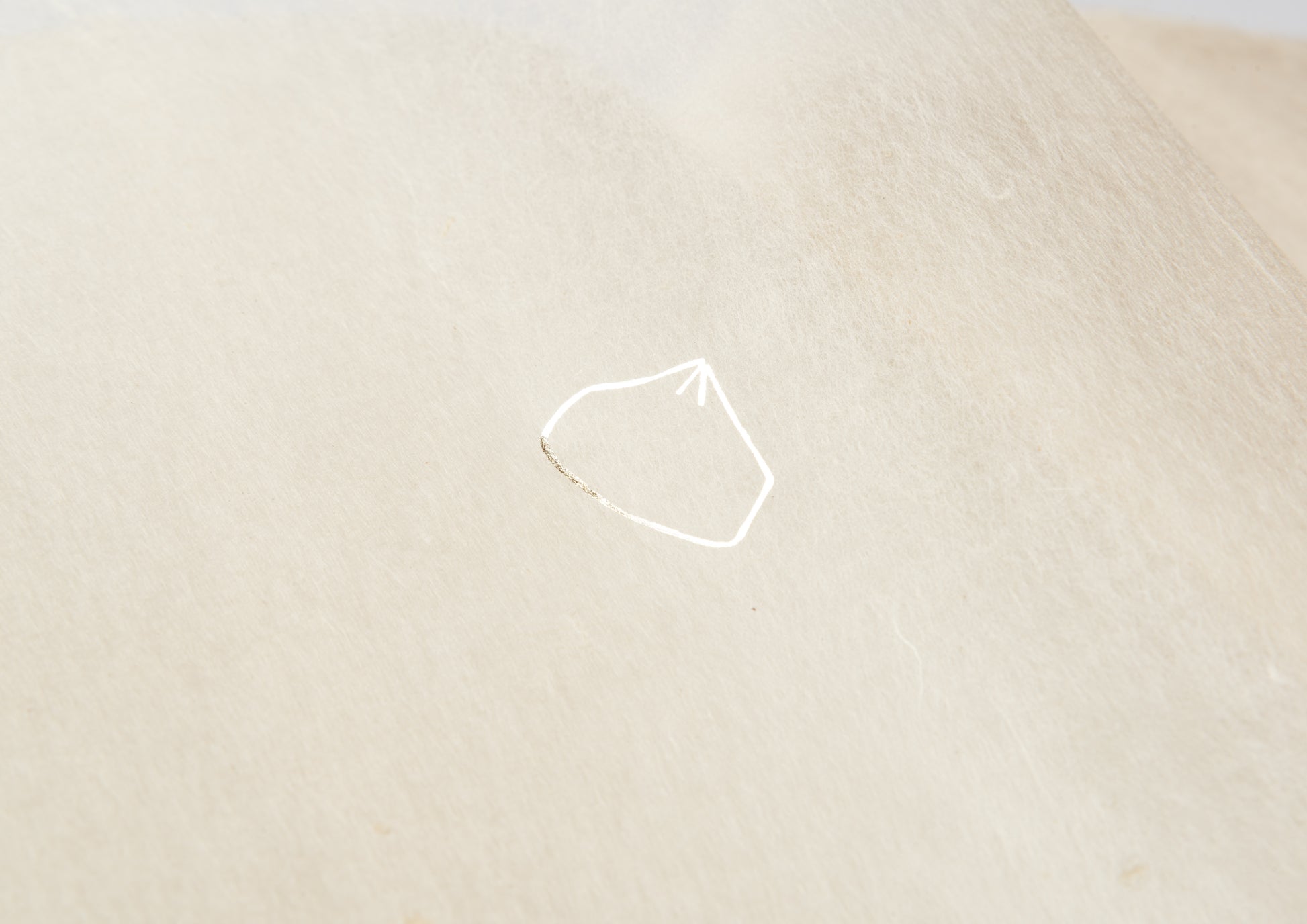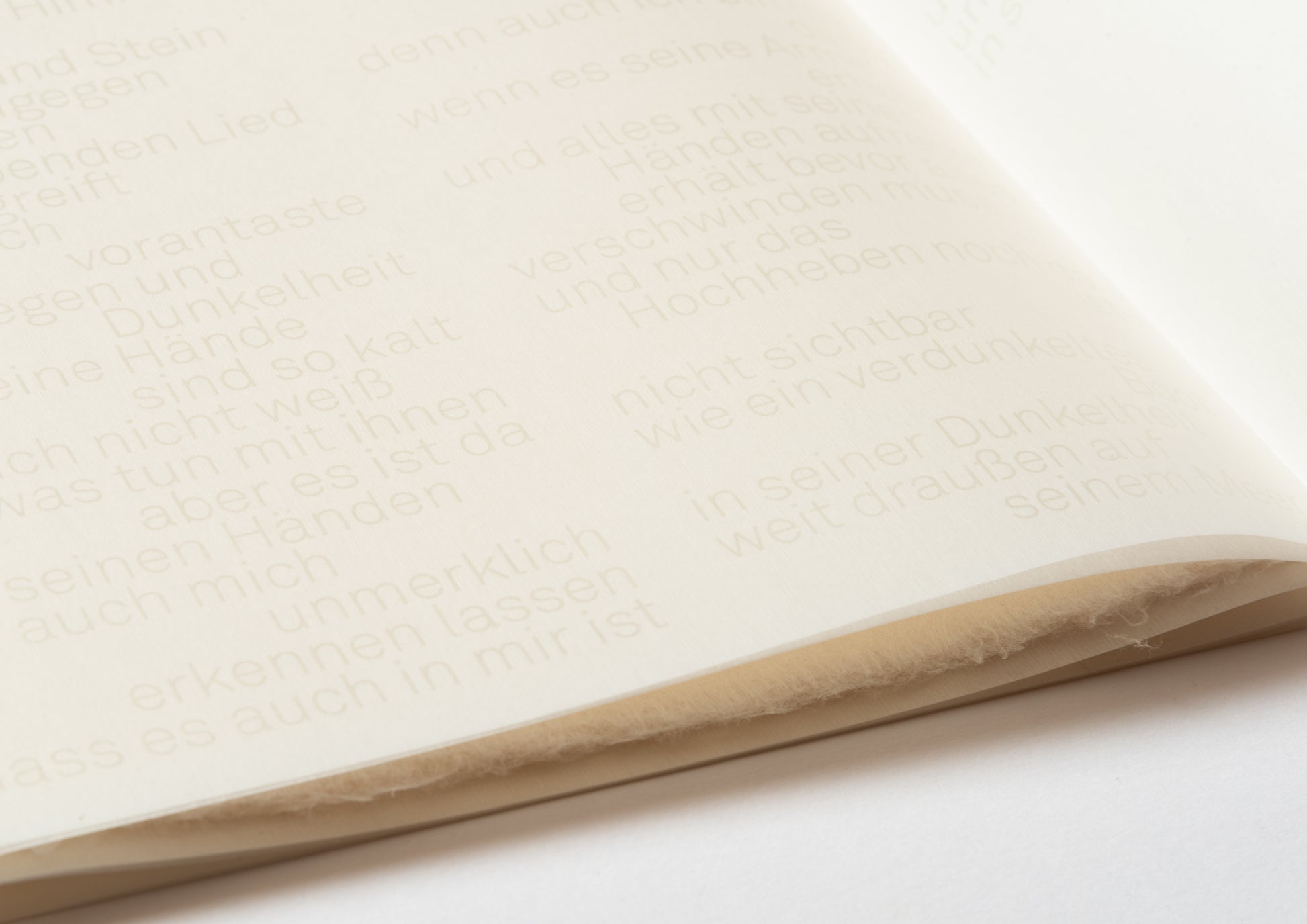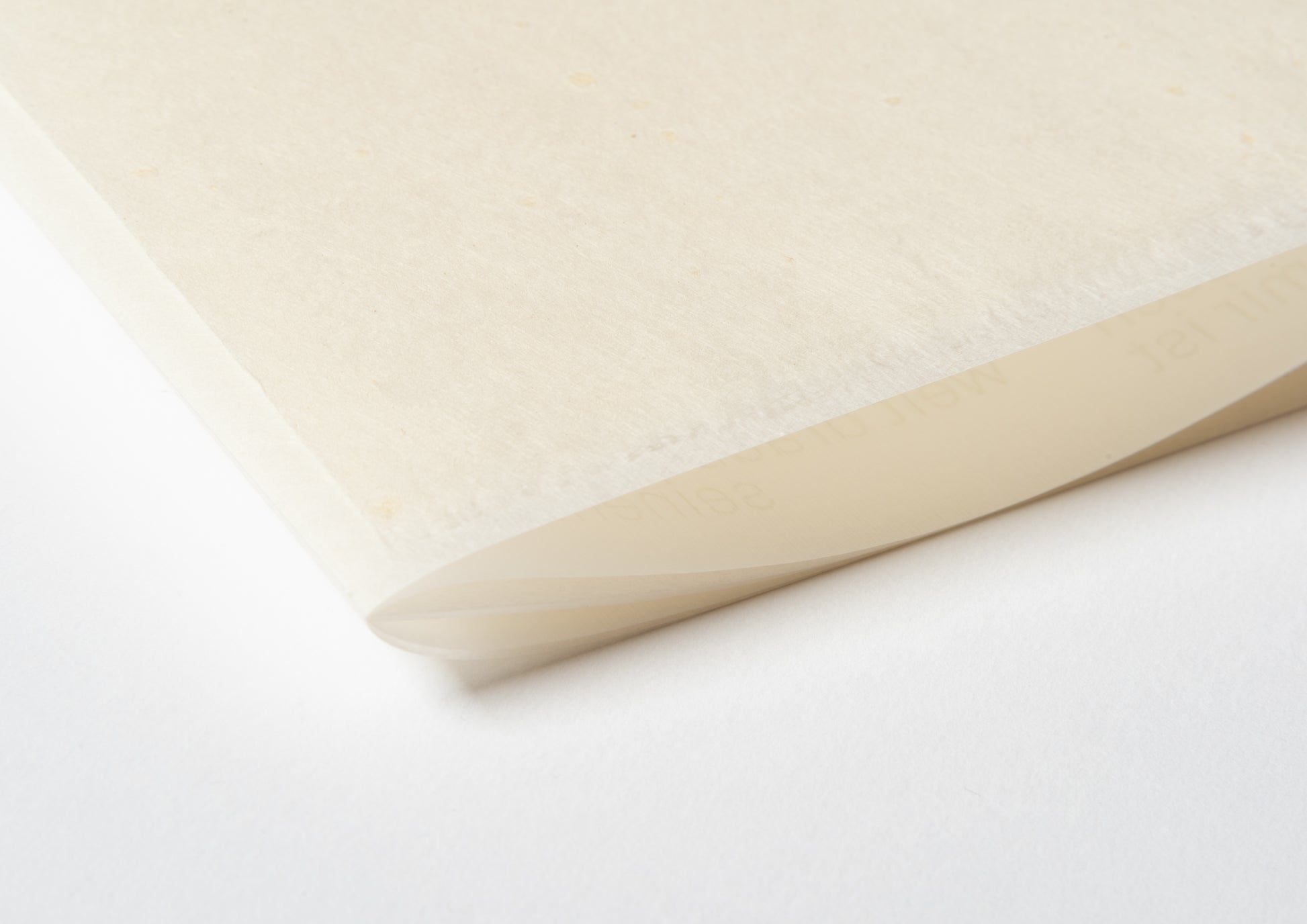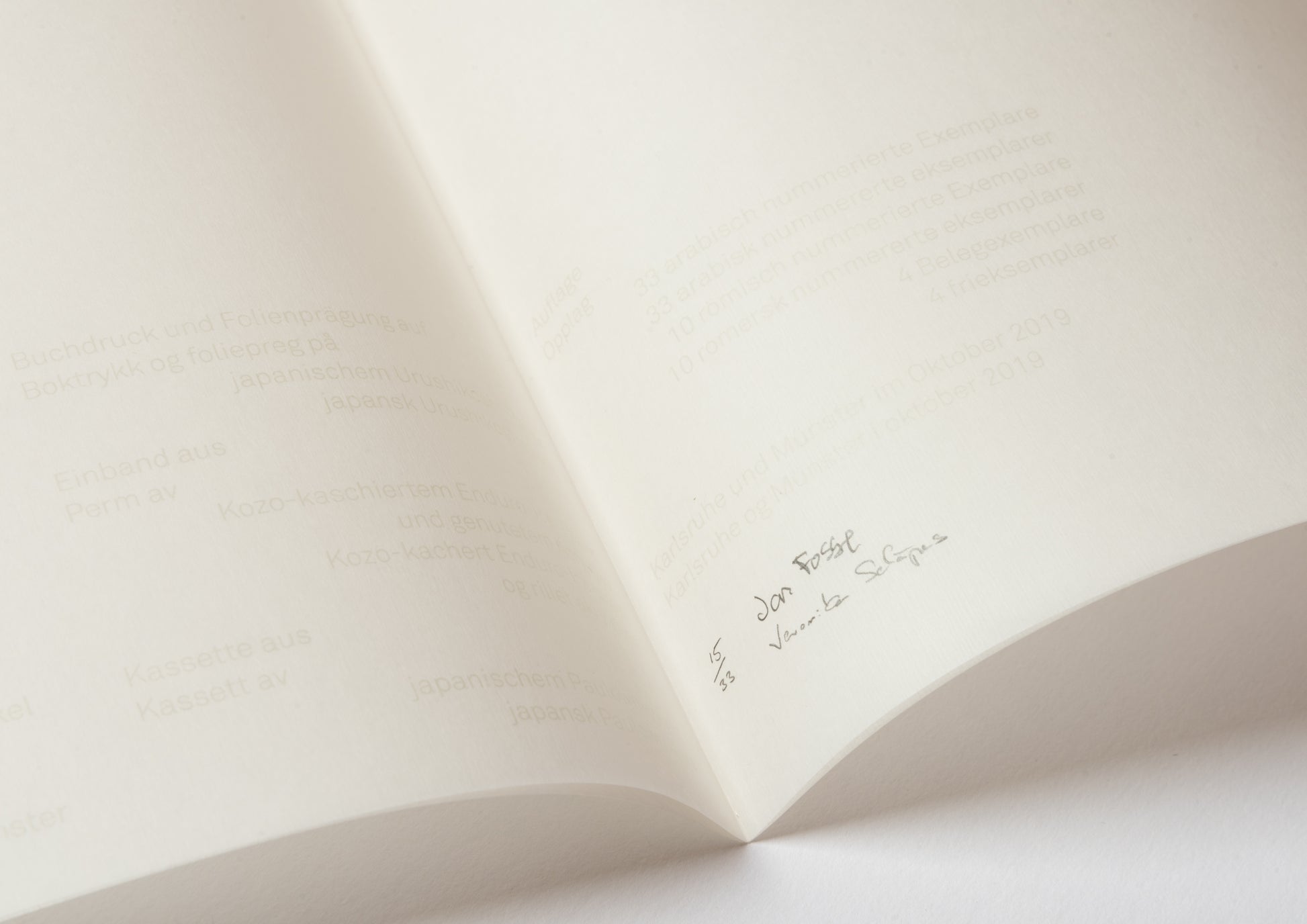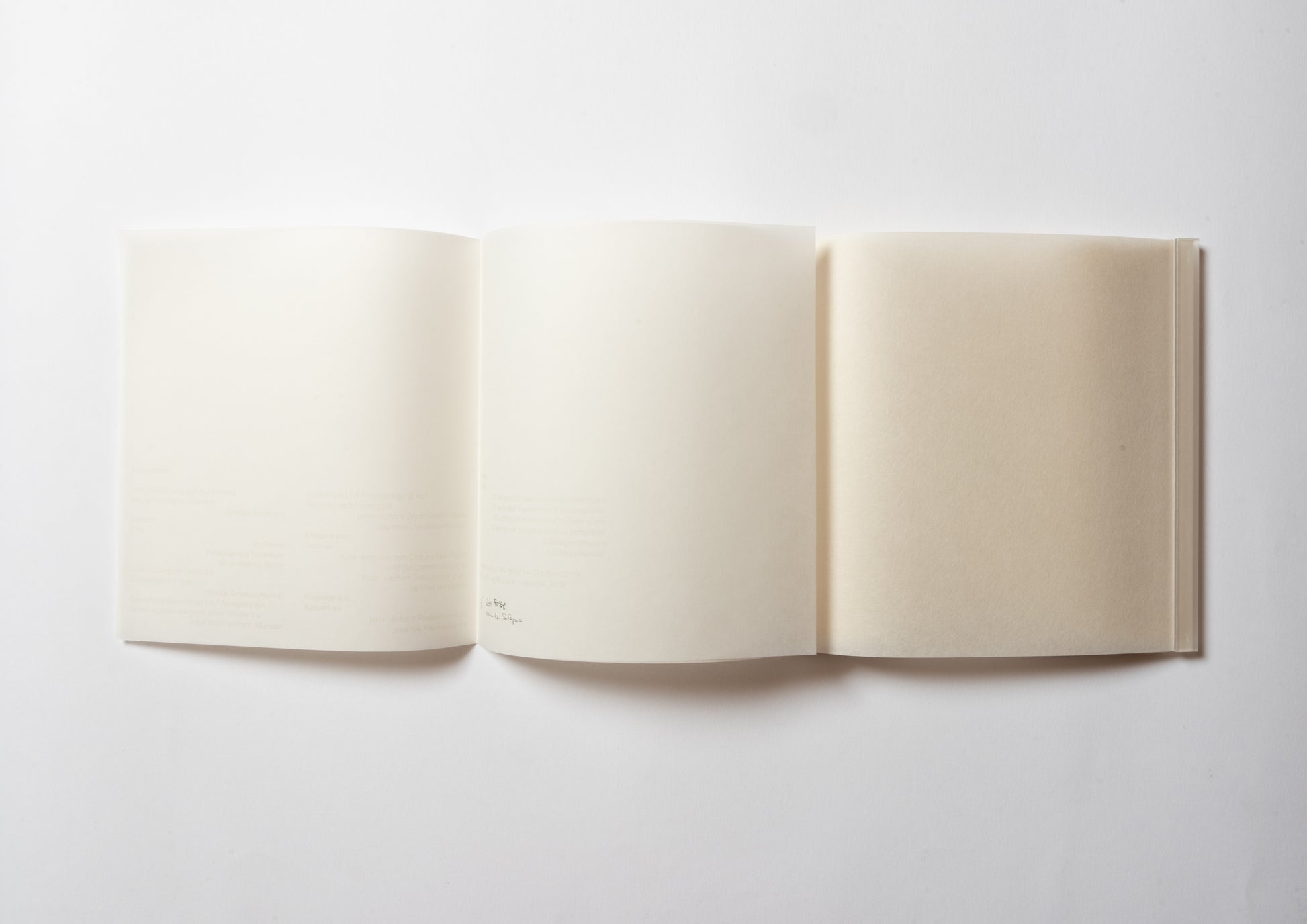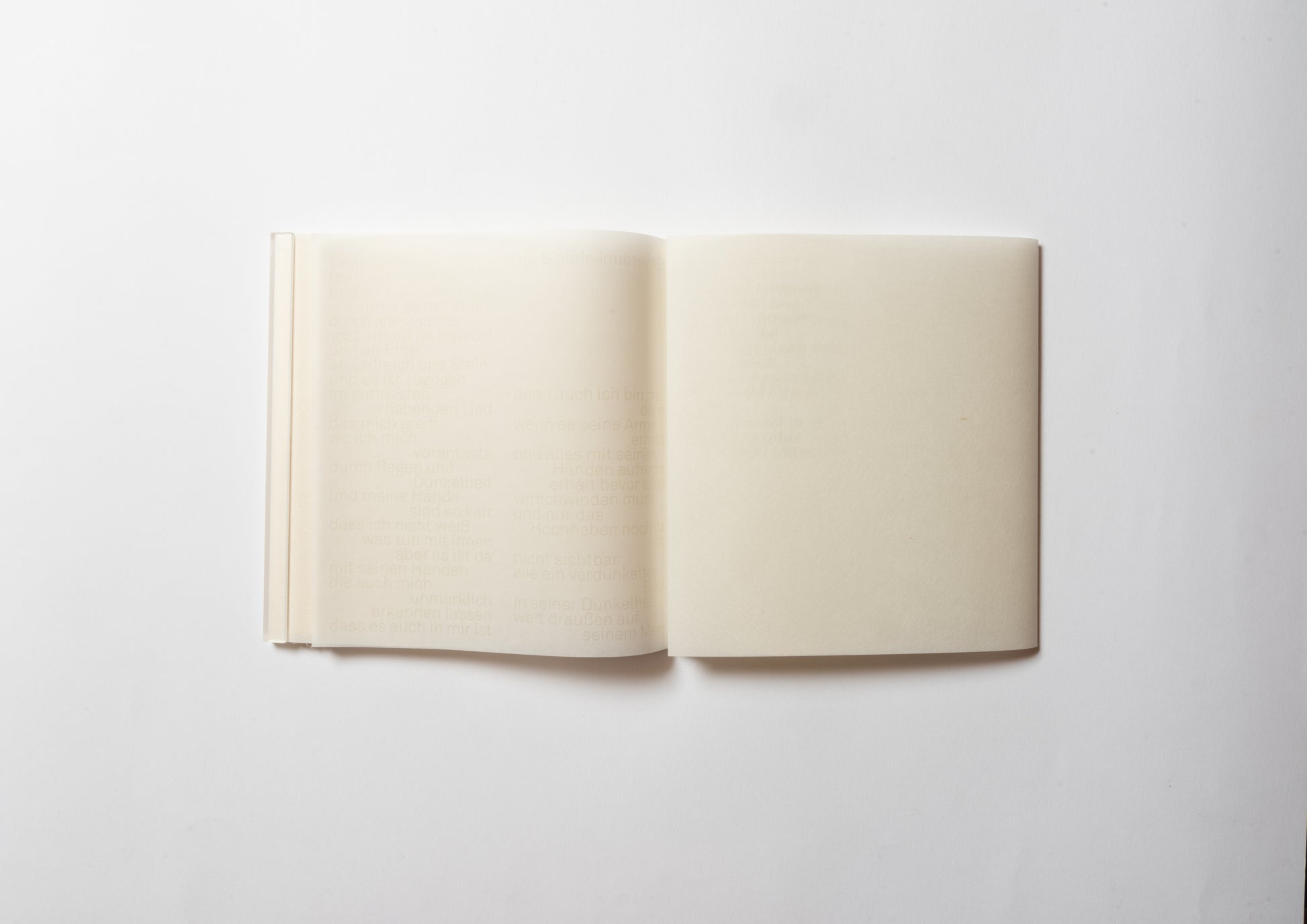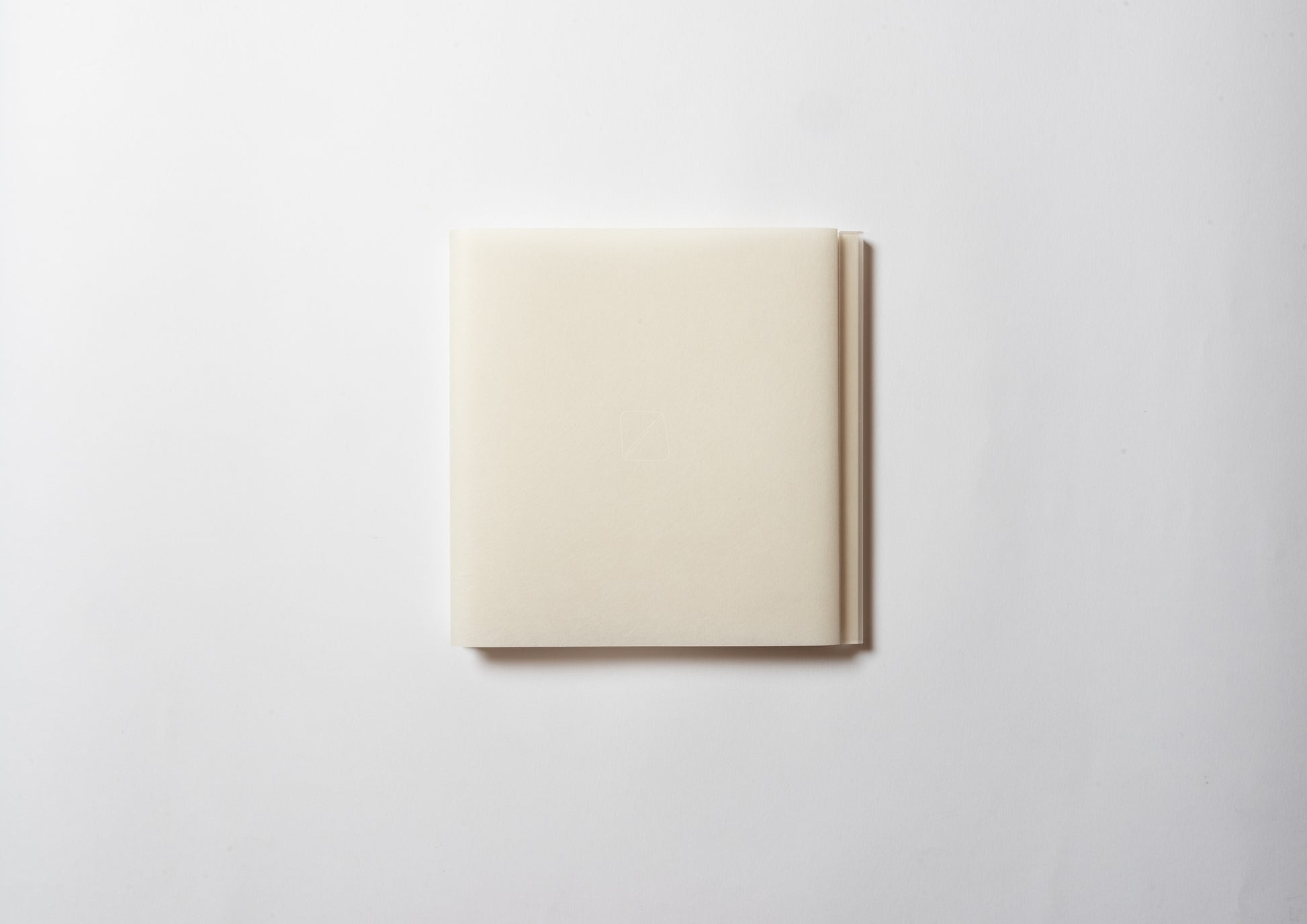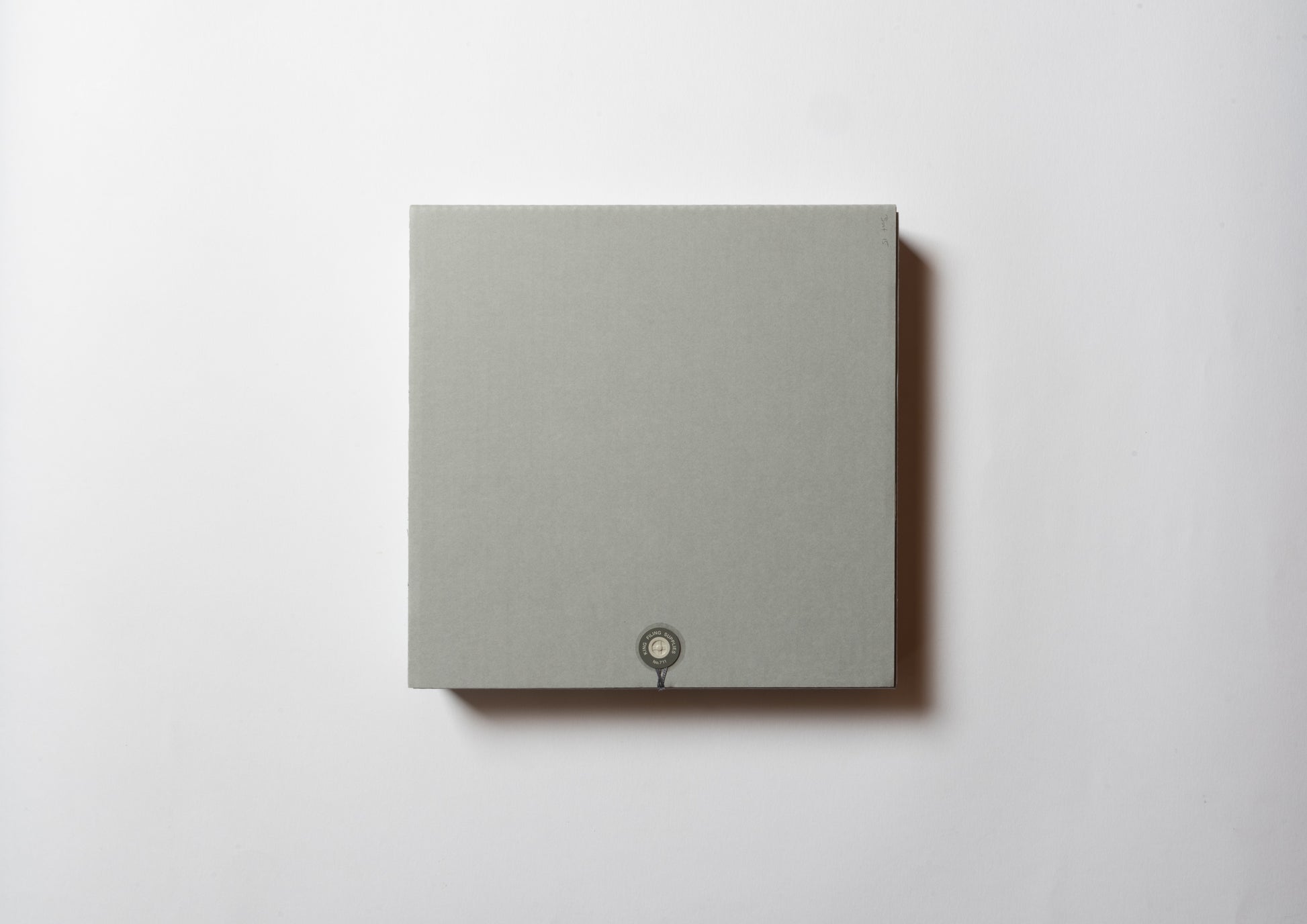A Darkened Boat / くらい舟
Bibliographic Details
- Title
- A Darkened Boat / Ein verdunkeltes Boot / くらい船
- Author
- Jon Olav Fosse / ヨン・フォッセ
- Artist
- Veronika Schäpers / ヴェロニカ・シェパス
- Editor
- Veronika Schäpers / ヴェロニカ・シェパス
- Designer
- Veronika Schäpers / ヴェロニカ・シェパス
- Publisher
- Veronika Schäpers / ヴェロニカ・シェパス
- Year
- 2019
- Size
- h260 × w260 × d10mm
- Pages
- 31+3 pages / 31+3ページ
- Language
- German + Nynorsk / ドイツ語 + ニーノシュク語
- Materials
- Letterpress and foil embossing on Japanese Urushikoshi paper. Binding made from Kozo-laminated Enduro Ice paper and grooved plexiglass. Box made from Japanese paulownia wood. / 漆濾紙(うるしこしがみ)に凸版印刷と箔押し。 装丁は楮をラミネートしたエンデューロ・アイス紙と溝入りのプレキシガラス。 桐箱。
- Edition
- 33 copies with consecutive Arabic numerals on Urushikoshi paper K93. 10 copies with consecutive Roman numerals on Urushikoshi K141 and 4 sample copies. / 33部は漆濾紙K93にアラビア数字の連番、10部は漆濾紙K141にローマ数字連番、サンプル4部
- Condition
- New
Text by Jon Fosse " A Darkened Boat " / 文 : ヨン・フォッセ「くらい舟」
Nobel Prize in Literature.
Yon Fosse on the memory of
Veronika Schepas' masterpiece.
On October 5, 2023, Norwegian-born Jon Fosse (Jon Olav Fosse / born September 29, 1959) was awarded the
won the Nobel Prize for Literature. He is a novelist, poet, and one of Europe's most prolific contemporary playwrights. The Swedish Academy described the Nobel Prize in Literature as “an innovative play and prose that gives voice to the inexpressible. Some say he is the poet of silence.
Jon Fosse himself is said to be a reserved and reclusive character. In fact, the people who appear in his works are “ordinary” people, with names and personalities that could be found anywhere. Perhaps for this reason, he has been praised for his exceptional ability to evoke emotions common to everyone. Veronika Schepas, a rare book artist, created a book based on the poems of Jon Fosse, of which only a few dozen copies were made. It began in 2019, on the eve of a pandemic.
Veronica's bookmaking always begins with words. The presence of the spirit of words first sets Veronica apart from the many book designers who only focus on form. Her job is to listen to the unvoiced voice and create a body that is appropriate for it.
Opening the lid of the paulownia wood box reveals a book that is white and graceful, like a fine Japanese confectionery. Despite being a collection of straight lines, it has a soft texture. Turning to the first page, we find a poem by Jon Fosse, “A Darkened Boat,” inscribed in Nynorsk and German. The letters floating on the thick, transparent paper look like small boats drifting on the water.
The layers of Japanese lacquer filter paper, so thin that one hesitates to touch it even though it is a book, are breathtaking. In the center of the page is a hat motif stamped in gold foil from both sides. It is like looking into the crown of a foreign king. There are 31 kinds of hats. All of these hats are said to be hats used in religious ceremonies that actually exist in this world. Of course, they are not hats to protect the head. What these hats represent is the spiritual world of faith and prayer.
Why did they combine Jon Fosse's “poem” with the “hat” design? I think this transcendental translation, leaps and bounds, and the freedom to cross over are part of Veronica's charm. When I asked her directly, she gave me this answer:
Ever since I decided to make a book based on Jon Fosse's boat poem, I had been waiting for some motif to come down to me. Then one day, an upside-down hat that I had placed haphazardly on a table caught my eye. It was a hat, but it looked like a ship (boat). So I looked up hats and realized that “hats” are essential to all religions, whether Christianity, Islam, Judaism, or Shintoism in Japan. There are many different hats for each faith, too. I was convinced that a hat that could connect all the dots would be a perfect motif for a person like Jon Fosse, who was born in rural Norway, raised in a unique religious culture, and had converted to Catholicism in 2012.
The hat was an upturned boat. Jon Fosse was born in the village of Strandvallum, halfway up Hardangerfjord, Norway's second largest fjord. He entered university to study comparative literature and began writing in Nynorsk, a literary language unique to western Norway's regions. In 2022, in an interview with the New York Times, he described his childhood as follows: “I and the children around me grew up very free:
When I was 7 or 8 years old, I was allowed to go boating by myself. Some of my best memories growing up, especially in the summer and early fall, were of going out on the boat with my father in the afternoons and evenings to go fishing. We would get on the boat after dark and take in this scenery, this shore ...... I don't like the word picture, but it is these pictures that feel like colors and sounds. I never imagine anything clearly or literally when I write. It's the act of listening. It's about listening to something.
In other words, the poem Veronica chose, “About a Boat,” is truly a work born from Jon Fosse's own memories and experiences. It is about the unknown world of the fjords, about the darkness and the stillness of the water, and about that time spent on a boat in the middle of the sea. Veronika has this to say about the poem.
The landscape in his poem blurs the boundary between dream and reality, which is almost a religious or mystical experience. Pairs of elements, such as light and dark, heaven and earth, presence and absence, are all on “one boat. Yes, like Noah's ark. I came up with the idea of illustrating hats and drew 31 pictures of hats. Each represents a hat worn in a religious or spiritual context.
Thanks to the straight drawings and partial curves, the hats are reminiscent of boats and are in dialogue with Fosse's “About a Boat.
In his poem: A Darkened Boat Fosse describes the existential experience of being carried and protected by this boat; it is almost a religious experience, blurring the boundaries between dream and reality. Fosse contrasts opposing elements: light and dark, heaven and earth, presence and absence, all Like Noah's ark, it draws everything into its protective embrace. The image of the darkened boat as a protective vessel gave me the idea of working with illustrations of head coverings. Thanks to the straight-line drawings and partial rotation, the protective hats are also a protective embrace. Thanks to the straight-line drawings and partial rotation, the protective hats are also reminiscent of vessels, entering into a dialogue with Fosse's darkened boat.
The many crowns floating on the white surface of the water,
will continue to shine with the happy memory of a man.
will continue to shine with the happy memory of a man.
Text by Ema Otobe
